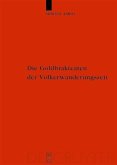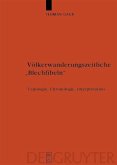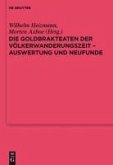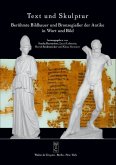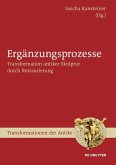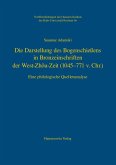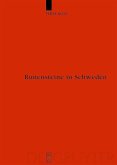In the predominantly non-literate culture of migration period Germania gold bracteates were an authentic statement of the identity of those who wore them and of how they saw the world. Their standardised programme of designs demonstrates that they were all produced according to strict, common rules governing motifs and style. The fact that the designs were diffused by a process of copying allows us to reconstruct a network of interrelations between central places, so that bracteates are one of the primary sources for research into early medieval Germanic society.
Dieser Download kann aus rechtlichen Gründen nur mit Rechnungsadresse in A, B, BG, CY, CZ, D, DK, EW, E, FIN, F, GR, HR, H, IRL, I, LT, L, LR, M, NL, PL, P, R, S, SLO, SK ausgeliefert werden.
"While detailed interpretations of the bracteate iconography continue to be debated, Pesch's results are highly significant, providing a concrete and much-needed study of the production and perception of decorated metalwork in the early Middle Ages. In particular, the in-depth dircussion of the mechanisms behind the copying of artwork deserves wide attention."
Märit Gaimster in: Journal of Medieval Archaeology, 54/2010
Märit Gaimster in: Journal of Medieval Archaeology, 54/2010



